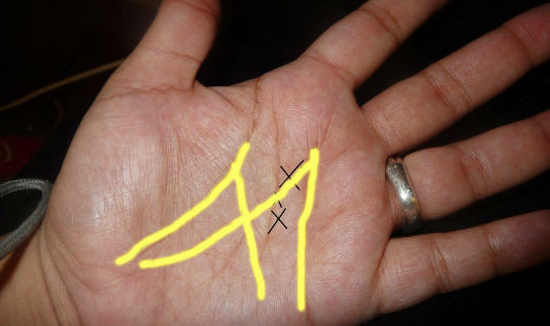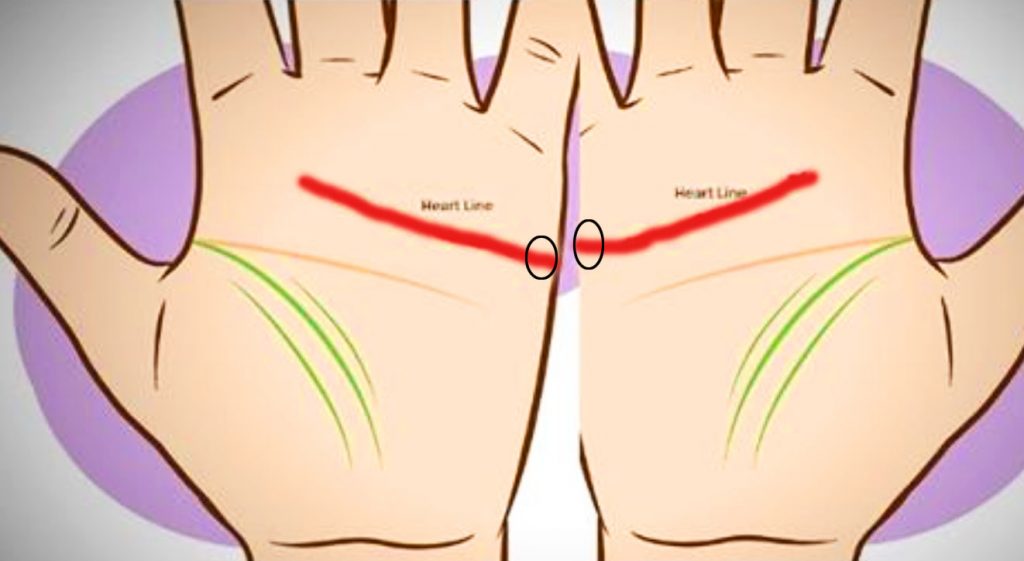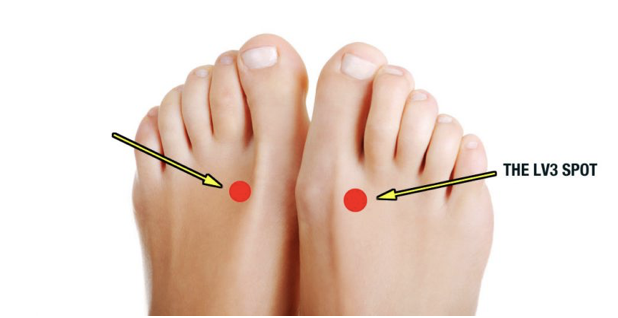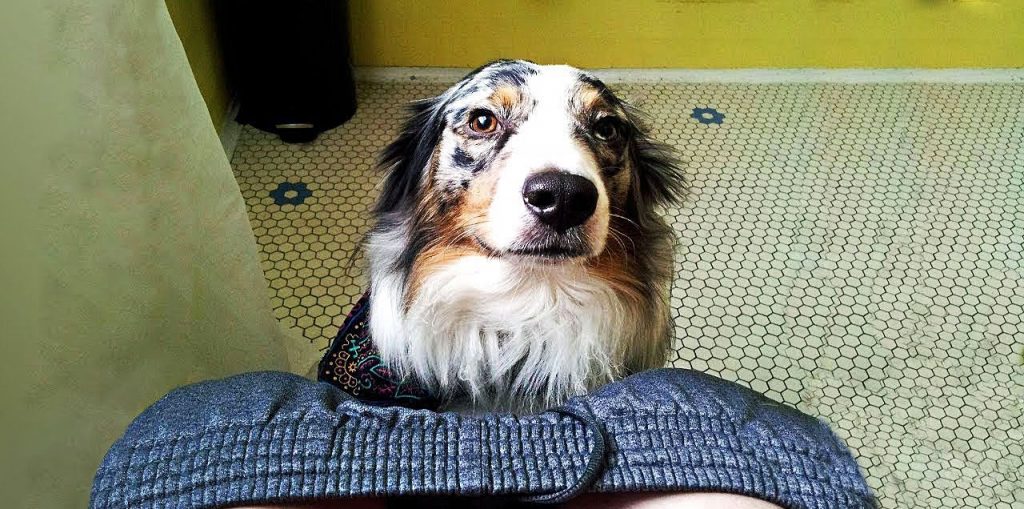She Rubs Alcohol On This $50 Dollar Bill. What She Uncovers Is The Most Unexpected Surprise!
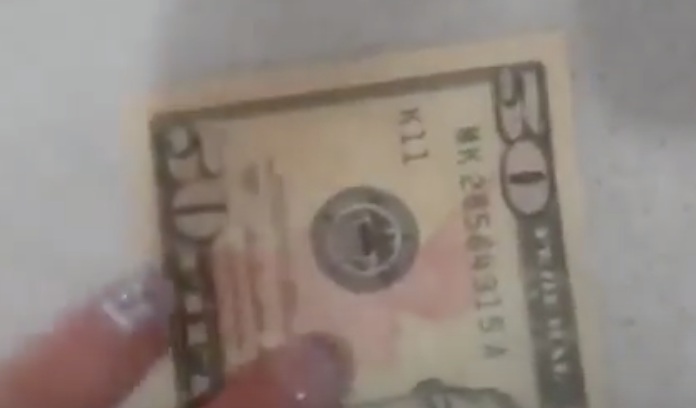
Printed US money has been around for hundreds of years, starting in 1690 when the Massachusetts Bay Colony issued the first paper currency. For the next 173 years there were many types of different monies being printed and used throughout America which inevitably led to confusion and the rapid rise of counterfeit, or fake, currency.
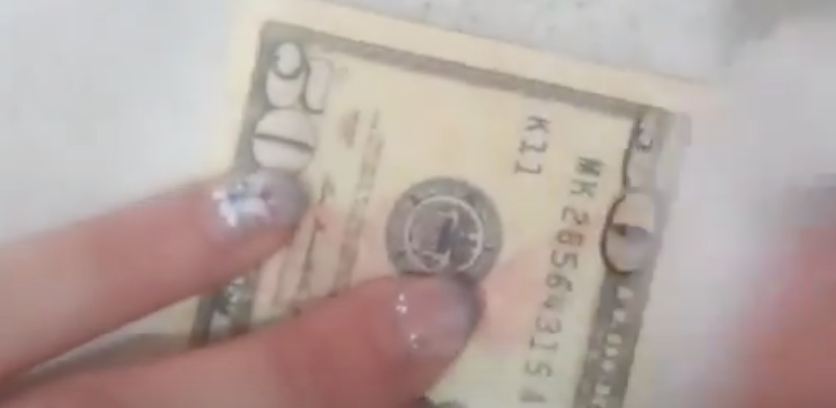
Recognizing the need for a unified and national monetary system, President Lincoln signed the National Banking Act in 1863 which established the federal dollar as America’s one and only official currency. However, this did not deter scam artists in their attempts to beat the system and to this day fake money is being created and put into circulation.
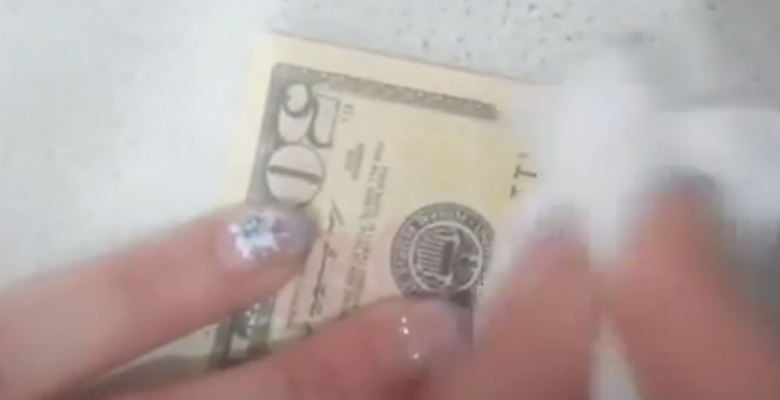
There are all sorts of sophisticated ways to both produce and detect counterfeit money. The most common detection method used by stores is the counterfeit detection pen that you often see cashiers swiping on money.
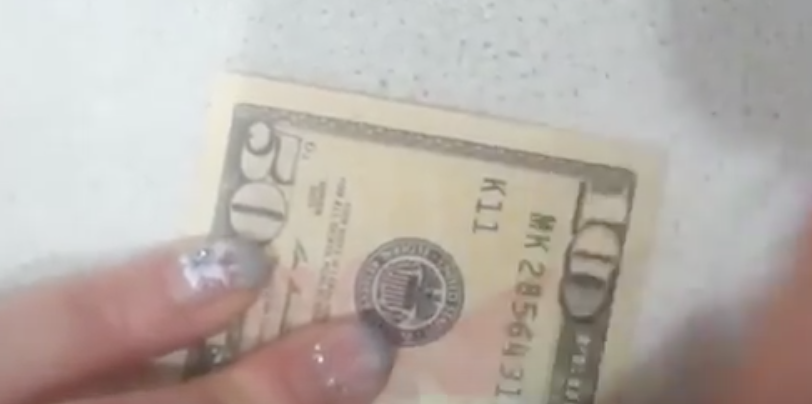
They are looking to see if a black mark appears, if one does the bill is fake, and no black mark means it’s real. The government is always changing up it’s security features to keep ahead of sophisticated fakes. They use color changing ink, embedded security strips, watermarks, micro-writing, and more to make it as hard as possible to copy and reproduce fake bills.
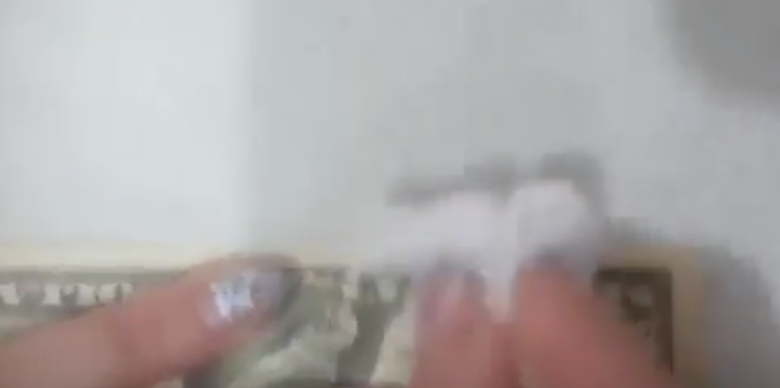
Even so, many people who try to pass fake money are successful because people accepting it rarely look closely at cash they are given and don’t know what to be looking for. In this video you can see what a counterfeit $50 bill looks like.
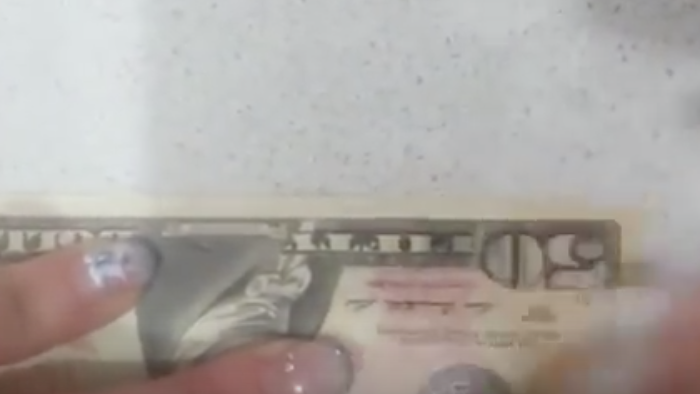
It was recorded in Vietnam and at first glance there is nothing inherently obvious that would raise suspicions, especially if it was passed to someone who isn’t familiar with which US president goes on what denomination bill.
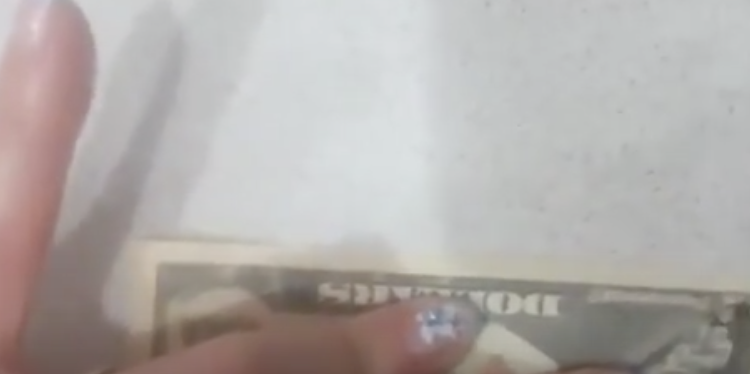
That is the main giveaway in the video, as the dollar amounts in all four corners and the written amount were coated to change them from 10 to 50. When the woman applies rubbing alcohol to the money the coating starts to dissolve away and underneath the real $10 bill is revealed.
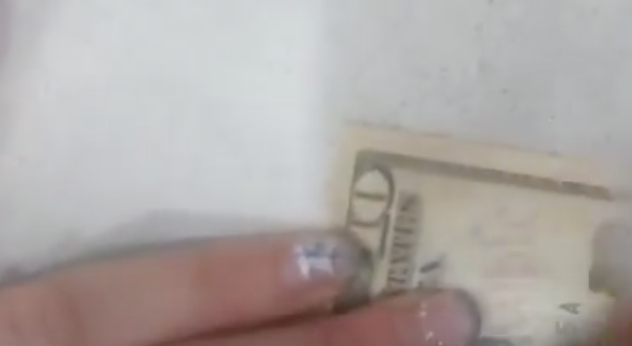
This goes to show that even simple, fake, counterfeit bills can be easily manipulated to look quite real, especially when an actual lower denomination one is used as a base. People in other countries would have no clue that it’s a fake and even in the US a cashier who is busy and going through the motions likely wouldn’t catch it.
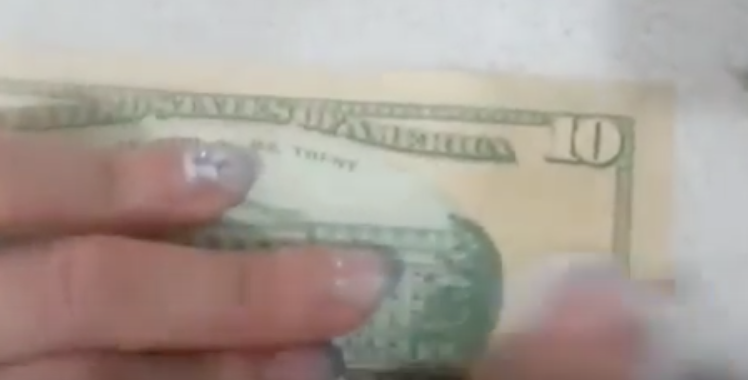
While there is little that the average person can do about this, it’s always smart to keep your eyes on your money, and if you ever do spot counterfeit money report it and don’t try to pass it on!
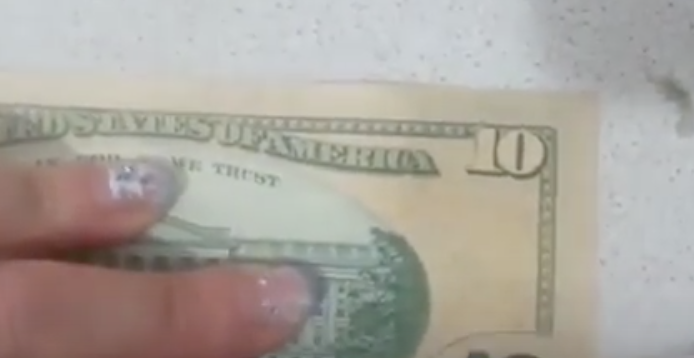
Please Share This Story With Family and Friends

